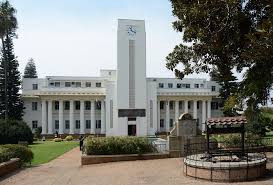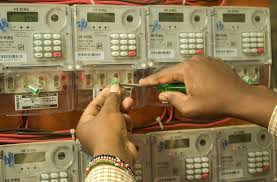
THE Bulawayo City Council says it is facing major operational setbacks due to a crippled water and sanitation department vehicle fleet, with only 65% of its vehicles currently functional.
A departmental report revealed that of the department’s 63 vehicles, 30 are under maintenance, severely hampering service delivery across the city.
The water section is the most affected, with only 13 of its 31 vehicles operational and the remaining 18 in workshops.
The sewer section is operating with 11 of 18 vehicles, while seven are down.
The electro-mechanical unit has 6 of its 11 vehicles running.
In contrast, both the GIS and water quality units reported full functionality, with all their vehicles on the road.
The report highlights how the situation has significantly impacted operations.
“Reduced operational capacity: With approximately 47% of vehicles under maintenance, the fleet's ability to meet service delivery demands is constrained, hardest hit was the water and sewer,” the report read.
- Goblins ‘besiege’ school
- Biti assault case : recusal application ruling date set
- Power deal to save Zesa US$55m
- Uproar over census figures
Keep Reading
“At 48% of the vehicles for the department were off the road impacting negatively on service delivery.”
The document warned that the vehicle shortage crisis has led to increased service delays.
“Potential delays: Limited operational vehicles may lead to delays in service delivery, response times, and maintenance schedules,” the report noted.
“Maintaining a higher percentage of operational vehicles is crucial for seamless service delivery.
“The current status suggests a need for improved maintenance planning to reduce downtime and ensure prompt services.”
To restore efficiency, the department recommended swift action.
“There is a need to prioritise repairs of the department’s vehicles to improve operational capacity hence service delivery response as well as consider purchasing more vehicles as the demand surpasses the available capacity.”
The report also noted that as of July 31, 2025, the city’s water supply dams stood at 43.11% of total capacity, with water provision remaining inconsistent due to frequent breakdowns in bulk pumping systems and pipeline infrastructure.
The report underscored the urgency of mobilising resources to carry out necessary repairs to maintain water supply continuity.









